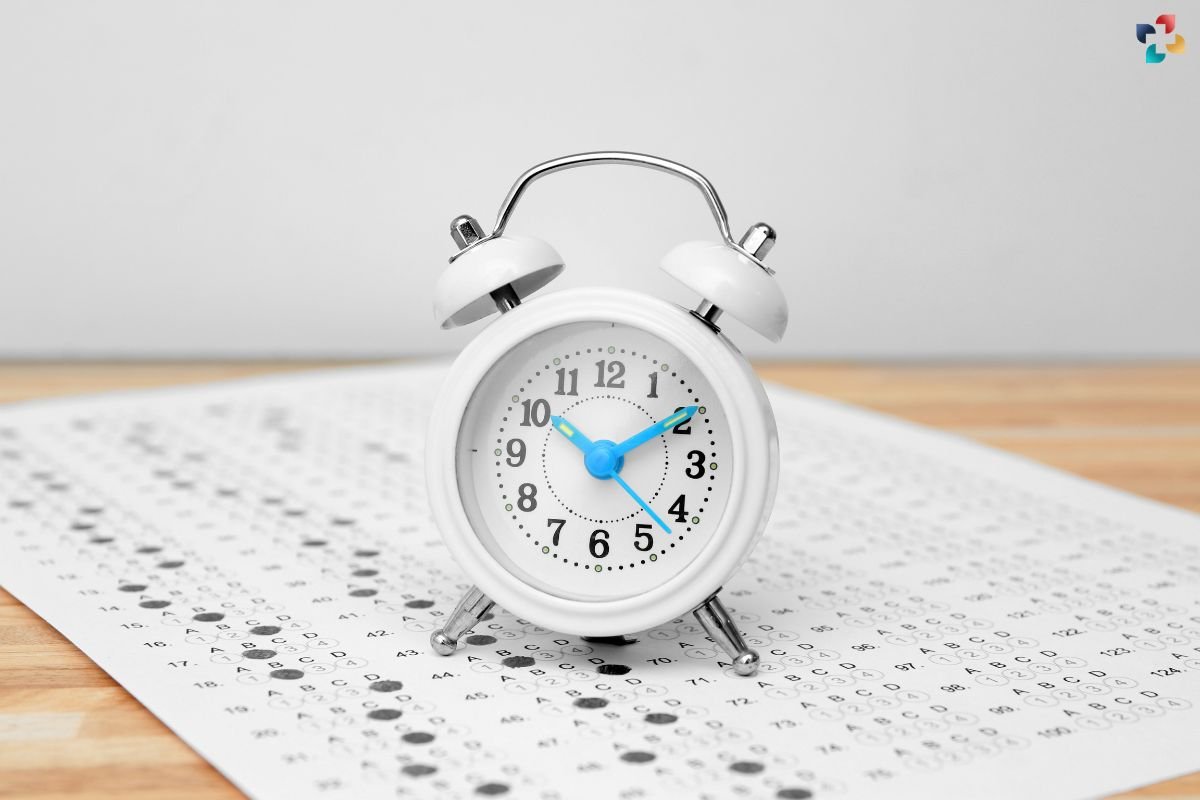Table of Contents
The Clock Drawing Test (CDT) is a widely used cognitive screening tool that provides valuable insights into a person’s cognitive functioning, particularly in relation to visuospatial abilities, executive functions, and overall cognitive impairment. Developed in the late 1960s, the CDT has since become a staple in neuropsychological assessments due to its simplicity, versatility, and ability to detect various cognitive deficits associated with neurological conditions such as Alzheimer’s disease, Parkinson’s disease, and vascular dementia.
Introduction to the Clock Drawing Test
The Clock Drawing Test involves a straightforward task: asking individuals to draw a clock that displays a specific time, usually 10 past 11. Despite its simplicity, this task requires the integration of multiple cognitive processes, including:
- Visuospatial Skills: Ability to perceive and reproduce spatial relationships accurately.
- Executive Functions: Capacity for planning, organizing, and executing a complex task.
- Numeracy: Understanding and representing numerical concepts, such as time.
Administration and Scoring
The administration of the Clock Drawing Test can vary slightly depending on the specific instructions provided by clinicians or researchers. However, a common approach involves asking the individual to:
- Provide Materials: Typically, a blank sheet of paper and a pencil are given.
- Instruction: Request the individual to draw a circle and place numbers on it to indicate the hours of a clock face.
- Time Setting: Specifically instruct the individual to set the time to 10 past 11.
Interpretation of Results

Interpreting the results of the Clock Drawing Test involves assessing the quality of the drawing based on several key criteria:
- Presence of Numbers: Are all the numbers (1 through 12) present and correctly placed?
- Position of Clock Hands: Are the hour hand and minute hand correctly positioned to indicate 10 past 11?
- Clock Symmetry and Proportions: Does the clock face appear balanced and proportional?
- Additional Elements: Are there any additional elements such as a second hand or unnecessary markings that could indicate confusion or cognitive impairment?
Clinical Utility and Applications
The Clock Drawing Test serves various purposes in clinical and research settings:
- Screening Tool: Quick initial assessment to detect potential cognitive impairment.
- Progress Monitoring: Tracking changes in cognitive function over time, particularly in individuals at risk for dementia.
- Research: Investigating correlations between CDT performance and specific neurological conditions or treatment outcomes.
Limitations and Considerations
While the Clock Drawing Test is valuable, it’s important to acknowledge its limitations:
- Cultural and Educational Bias: Performance may vary based on cultural background and level of education.
- Interpretation Variability: Scoring can be subjective, depending on the evaluator’s criteria.
- Not Diagnostic Alone: Results should be considered alongside other clinical information for a comprehensive assessment.
Advanced Applications and Variations of the Clock Drawing Test

Advanced Applications
Beyond its basic diagnostic function, the Clock Drawing Test (CDT) has evolved to encompass various advanced applications and adaptations in clinical and research settings. These advancements highlight its versatility and effectiveness in assessing cognitive function across different populations and conditions.
1. Different Time Settings:
While the standard time setting for the CDT is 10 past 11, clinicians may choose to vary this to assess different cognitive demands. For example, setting the time to 3:40 challenges individuals to represent more complex spatial and numerical relationships.
2. Scoring Systems:
Over the years, researchers have developed and refined different scoring systems to enhance the sensitivity and specificity of the CDT. These systems often incorporate detailed criteria for assessing aspects such as clock symmetry, spatial accuracy, and placement of numbers and clock hands.
3. Digital Adaptations:
With the advent of digital technologies, researchers have explored the use of digital platforms to administer and score the CDT. Digital adaptations offer advantages such as standardized administration, automated scoring, and integration with other digital cognitive assessments.
Variations and Modifications
1. Clock Drawing with Command:
In this variation, individuals are asked to draw a clock according to specific commands given by the examiner, such as “draw a clock with Roman numerals” or “draw a clock showing the time as 6:30”. This variation provides insights into an individual’s ability to follow instructions and adapt to changing task demands.
2. Three-Dimensional Clock Drawing:
This modification involves asking individuals to draw a three-dimensional representation of a clock, which requires additional visuospatial skills and mental rotation abilities. It is particularly useful in assessing higher-order visuospatial processing.
3. Clock Drawing with Overlap:
In this version, individuals are asked to draw two clocks overlapping each other, each displaying a different time. This variation assesses an individual’s ability to manage dual-task demands and coordinate information from multiple sources.
Current Research and Future Directions
Ongoing research continues to explore the efficacy of the Clock Drawing Test in various clinical populations and its potential as a prognostic tool for cognitive decline and dementia. Current trends include:
1. Cross-Cultural Validity:

Researchers are investigating the cross-cultural validity of the CDT to ensure its reliability and applicability across diverse populations with different cultural and educational backgrounds.
2. Combination with Other Assessments:
Integrating the CDT with other cognitive assessments, such as the Mini-Mental State Examination (MMSE) or verbal fluency tests, enhances its diagnostic utility and provides a more comprehensive evaluation of cognitive function.
3. Technological Advancements:
Advances in technology, including virtual reality and artificial intelligence, offer new opportunities to enhance the administration, scoring, and interpretation of the CDT. These technologies may further standardize assessments and improve diagnostic accuracy.
Conclusion
In conclusion, the Clock Drawing Test remains a pivotal tool in neuropsychological assessments, continually evolving through advanced applications, variations, and ongoing research. Its ability to assess multiple cognitive domains in a relatively simple and time-efficient manner underscores its importance in clinical practice and research. As researchers and clinicians continue to refine assessment protocols and explore new avenues for application, the CDT will likely continue to play a crucial role in understanding cognitive function and detecting cognitive impairment across diverse populations.







